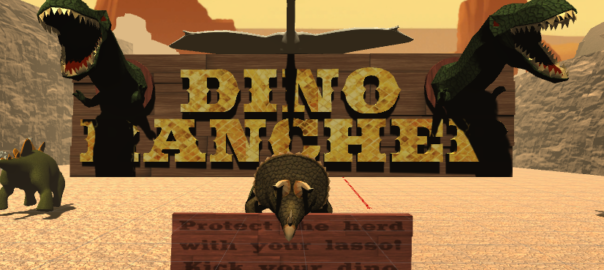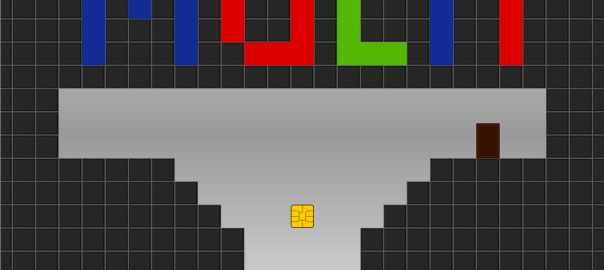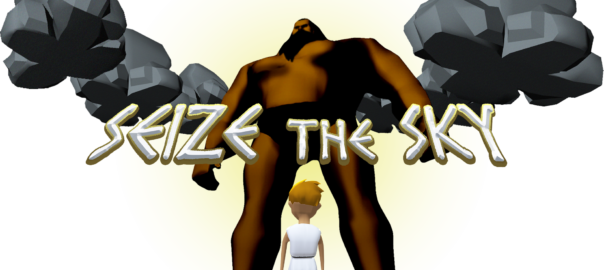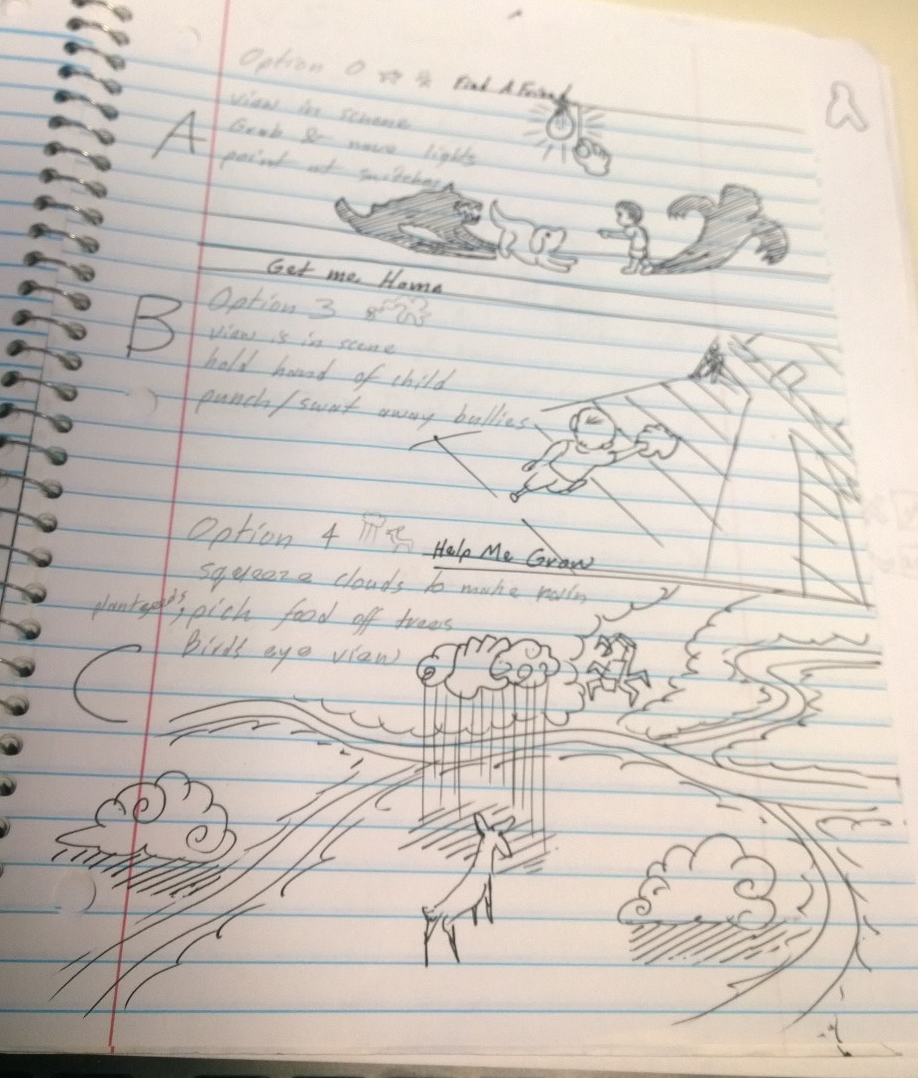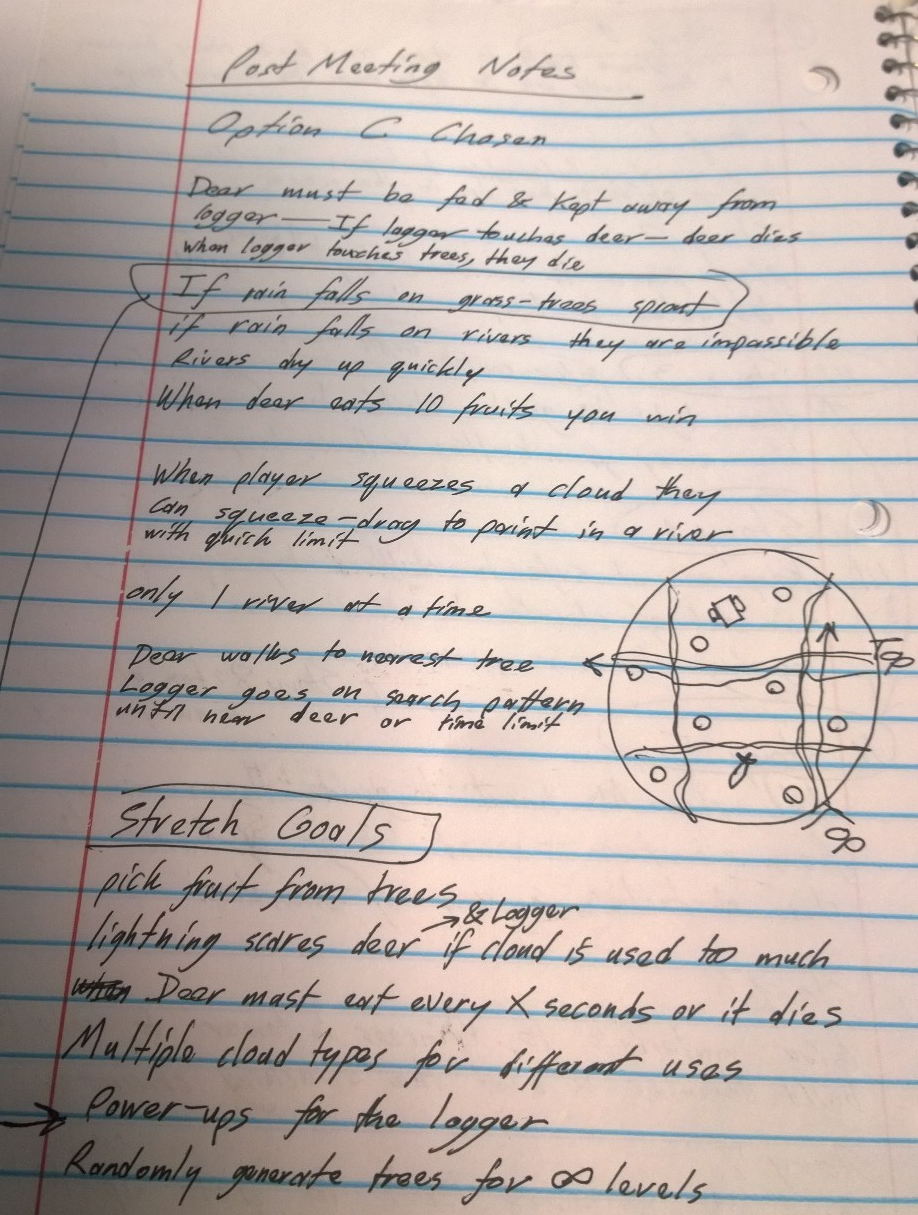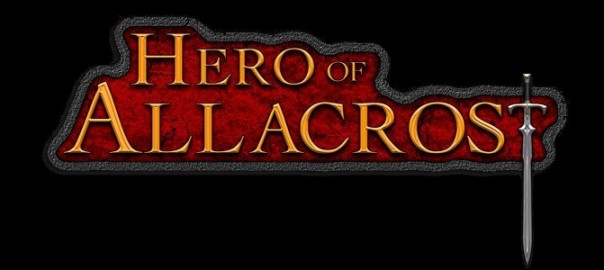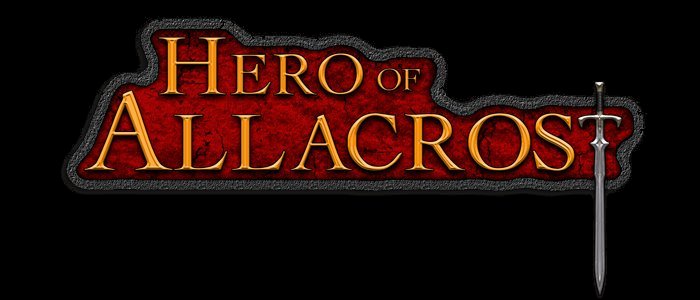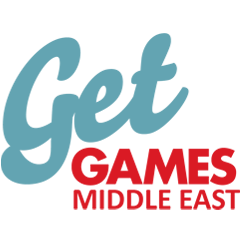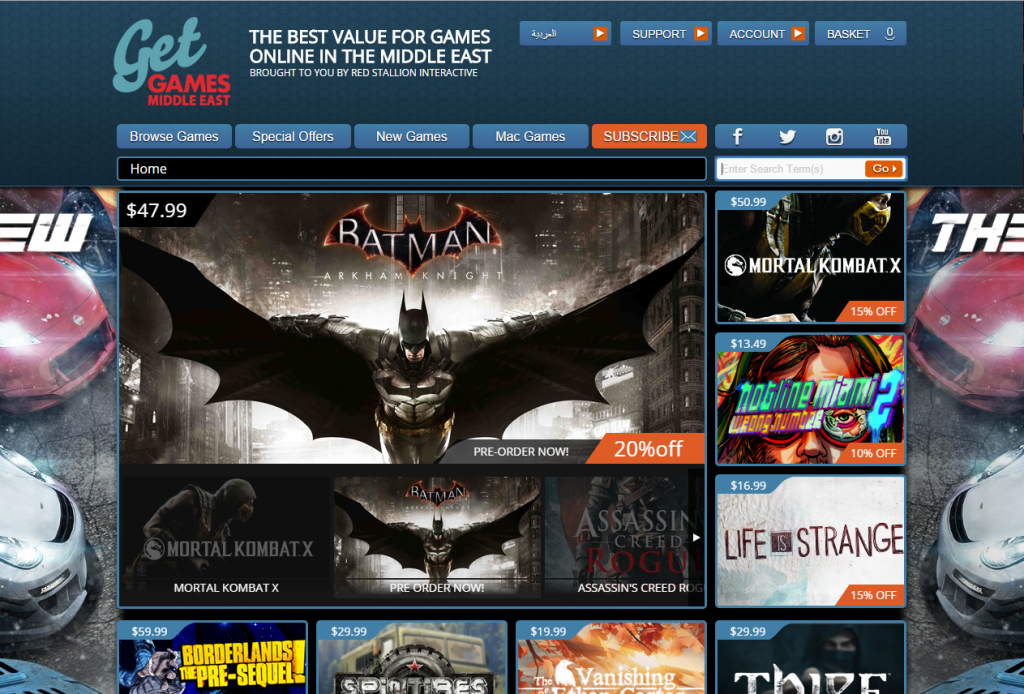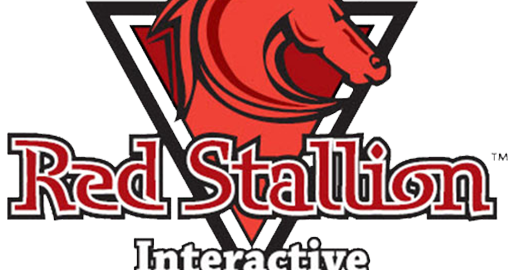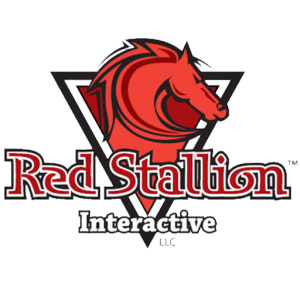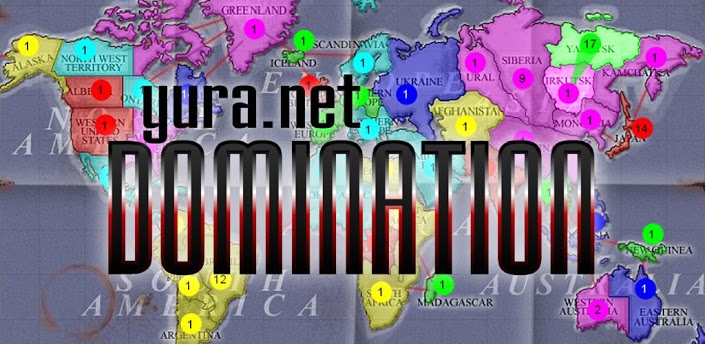Introduction: Developed on the Oculus Rift with PS Move, DinoRancher had guests play atop a Triceratops armed with an electric lasso. The goal of the guest was to shepherd a herd of Stegosaurus to safety, protecting them from danger.
Platform: Oculus & PS Move | Time: 2 weeks | Role: Programmer – Designer – Producer | Team Size: 5
Story: You are a DinoRancher armed with your electro lasso and trusty trike. Travel across the desolate wasteland, and protect your herd from those nasty predators!
Design Challenges:
- Herd behavior
- Enemy types
- Environment design
- Integration of the PS move into Virtual Reality
- Trike movement system
Design Goal: To create an experience that made the guest feel like a cowboy travelling through the desert protecting a herd of dinosaur from predators.
My Contributions: As producer I arranged meetings, delegated pending tasks, and contributed creatively. In addition as a programmer I was responsible for setting up the games environment which included, asset preparation, level design and developing agent behavior.
DinoRancher was featured at The Forbidden Forest in The Entertainment Technology Centers end of semester festival!
Festival Footage
